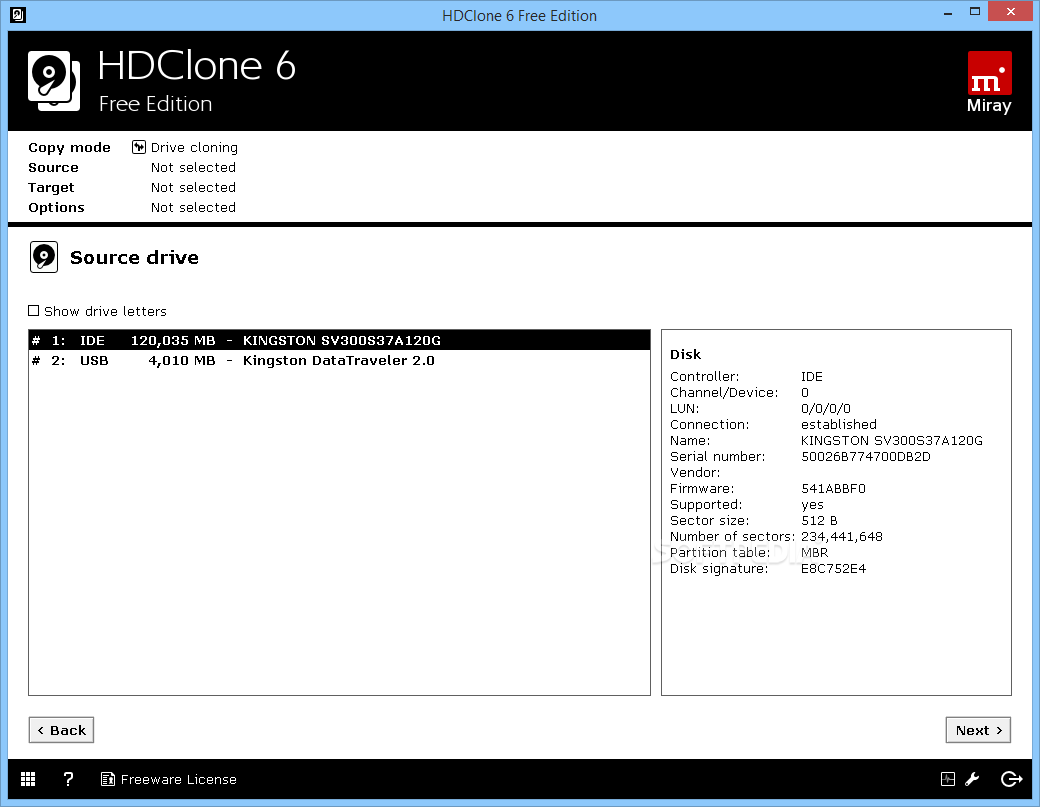
If you are doing software encryption, when you are reading from the disk, the data is encrypted when read.

For hardware-encrypted SEDs, on the other hand, all of the encryption happens in the drive, so CPU impact is pretty much zero. Not very fun! If you are doing software encryption, by definition, the encryption is happening on the host side. For example, in a notebook or desktop system, software encryption will rob you of roughly 15% to 20% of your IO bandwidth.

Well, "vary greatly" could include systems where the encryption process can be handled with little impact to IOs, all the way to systems where the impact is quite measurable.


 0 kommentar(er)
0 kommentar(er)
